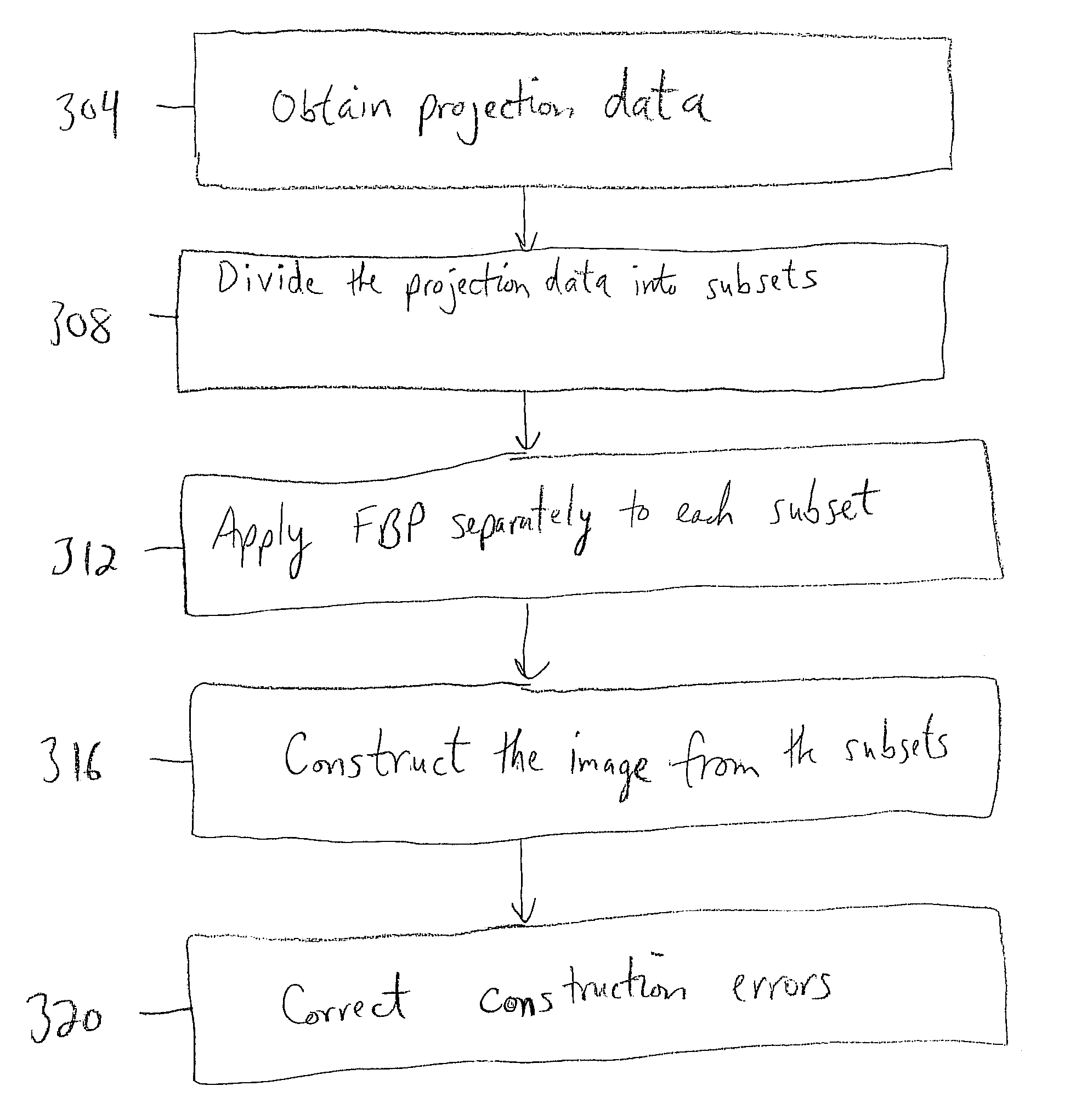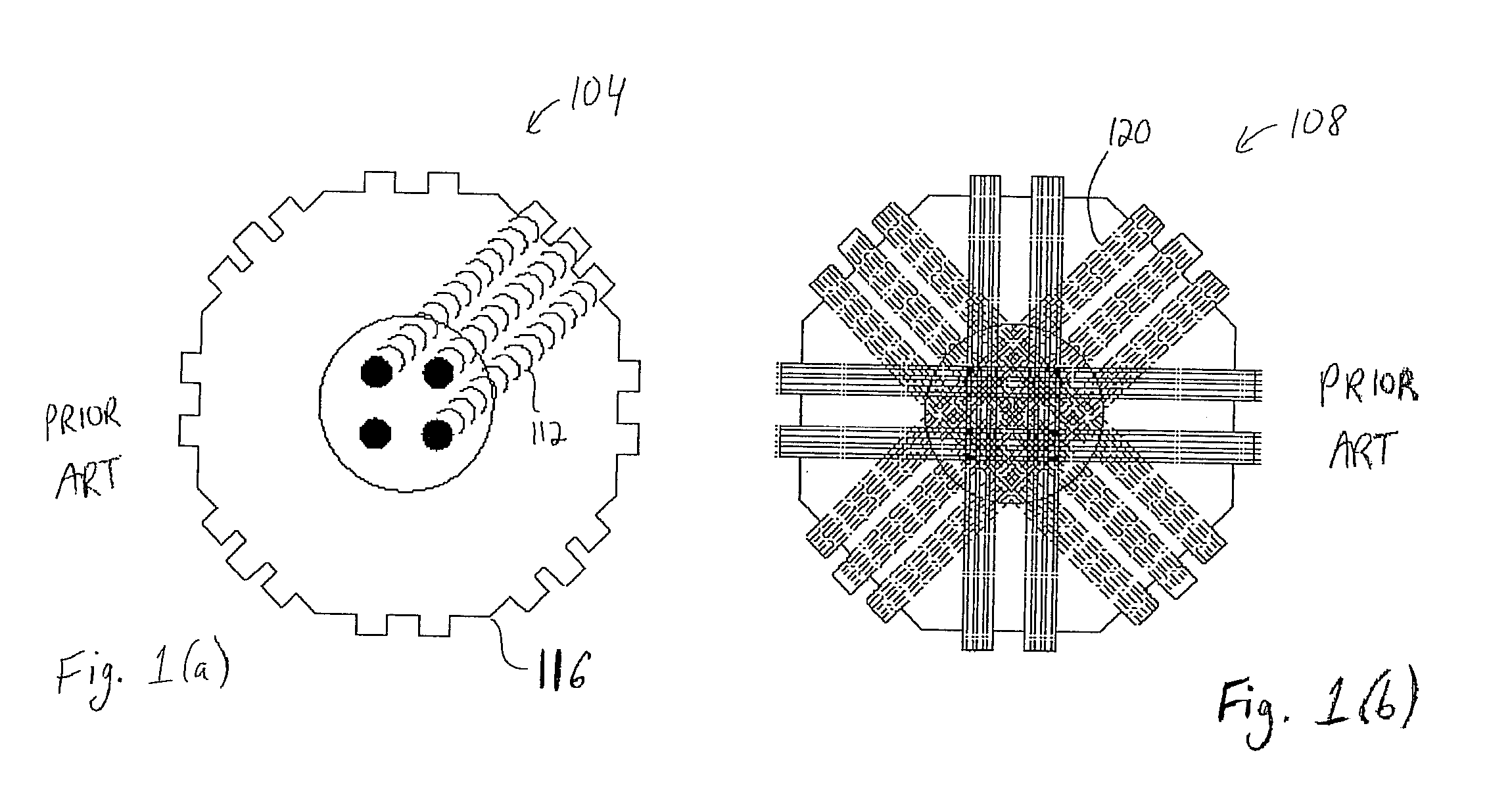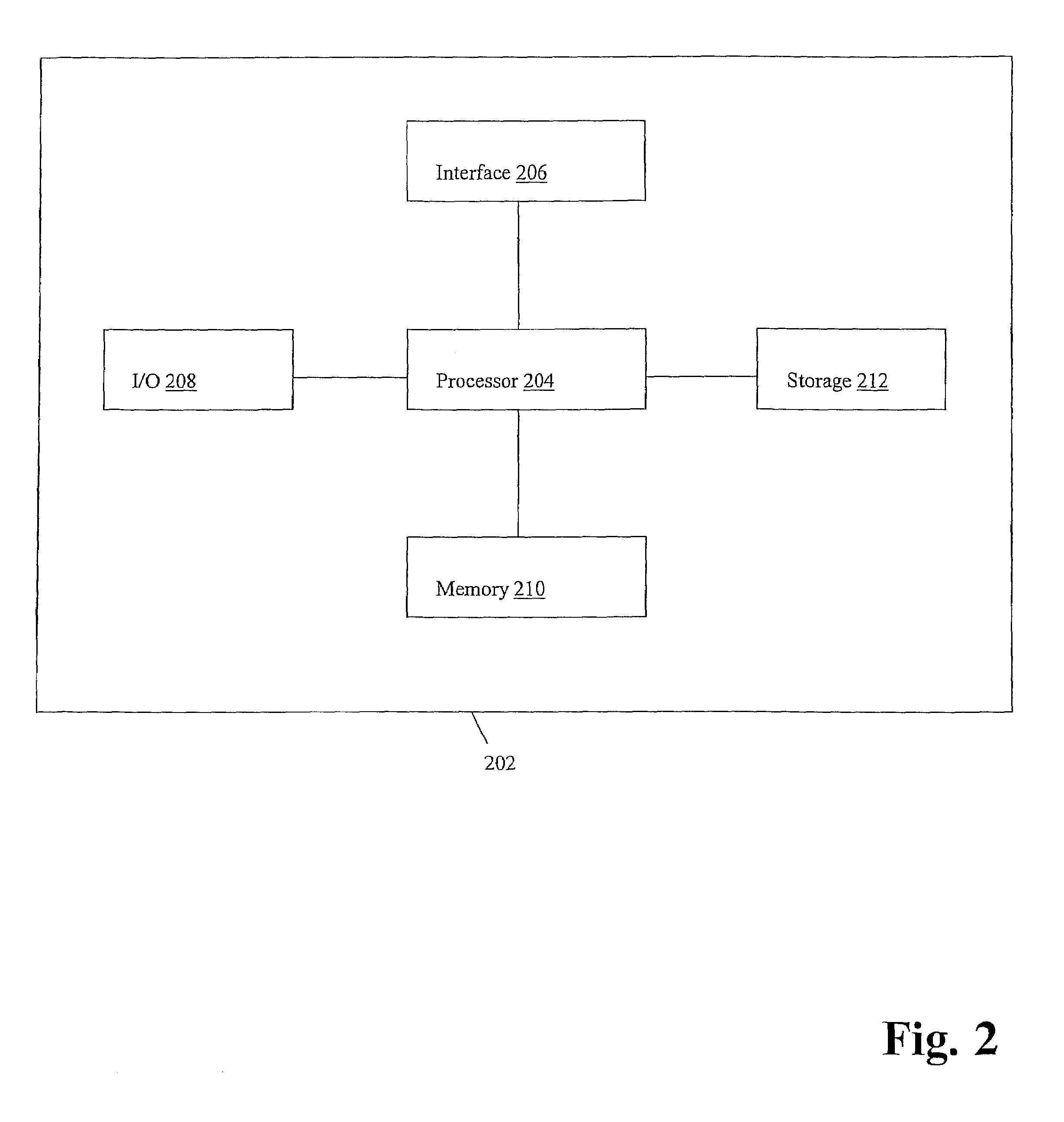Reduction of streak artifacts in low dose CT imaging through multi image compounding
a multi-image compounding and streak artifact technology, applied in the field of computerized tomography, can solve the problems of reducing the signal-to-noise ratio and affecting becoming more difficult for known conventional reconstruction methods to meet the stringent constraints of current imaging applications. , to achieve the effect of improving the image quality of the filtered back projection, reducing the number of projections, and improving the reconstruction quality
- Summary
- Abstract
- Description
- Claims
- Application Information
AI Technical Summary
Benefits of technology
Problems solved by technology
Method used
Image
Examples
Embodiment Construction
[0028]In one aspect of the present invention, a new FBP method results in improved reconstruction quality. The invention may be used beneficially for low dose CT scans where signal-to-noise (SNR) ratio is low and the number of projections may be restricted. As noted, this improved method is referred to herein as Compounded FBP (CFBP). The inventive method exploits complementary information from projection subsets to discriminate between angle dependent streaking noise and angle invariant true edges. To aid in understanding the invention, we will discuss below: 1. Filtered Back Projection (FBP); 2. Compounded Filtered Back Projection (CFBP); 3. CFBP Background; 4. FBP Derived from MAP Framework; and 5. CFBP Based on Cross Group Regularization.
1. Filtered Back Projection
[0029]As discussed above, FBP involves the construction of an image by analyzing projection images obtained from many different viewing angles. The technique is shown schematically in FIG. 1. FIG. 1(a) shows a prior ar...
PUM
 Login to View More
Login to View More Abstract
Description
Claims
Application Information
 Login to View More
Login to View More - R&D
- Intellectual Property
- Life Sciences
- Materials
- Tech Scout
- Unparalleled Data Quality
- Higher Quality Content
- 60% Fewer Hallucinations
Browse by: Latest US Patents, China's latest patents, Technical Efficacy Thesaurus, Application Domain, Technology Topic, Popular Technical Reports.
© 2025 PatSnap. All rights reserved.Legal|Privacy policy|Modern Slavery Act Transparency Statement|Sitemap|About US| Contact US: help@patsnap.com



